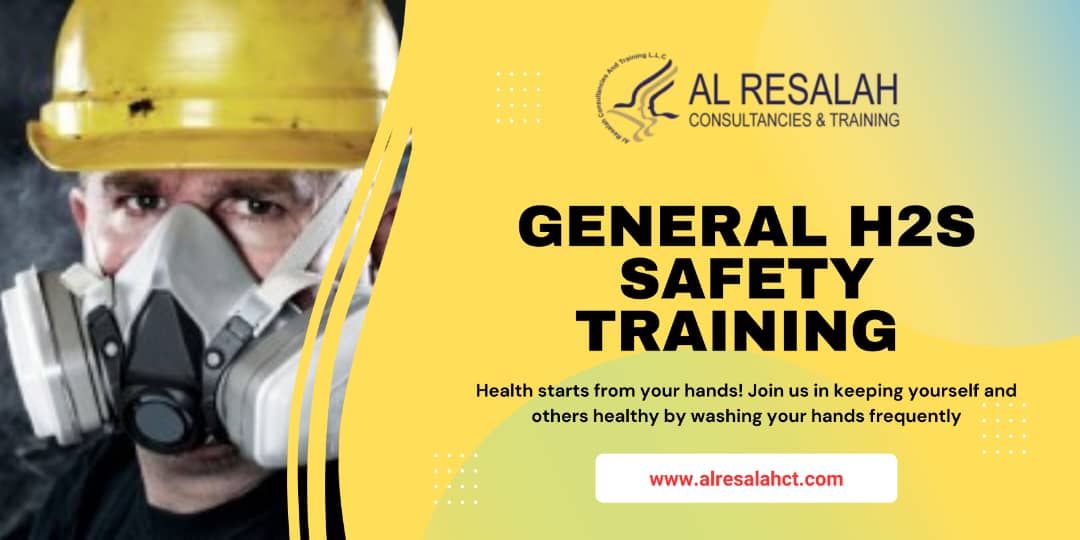
Hydrogen Sulfide (H₂S) is a highly toxic, colorless gas with a distinct rotten egg smell at low concentrations. It is commonly found in industries such as oil and gas, chemical manufacturing, wastewater treatment, and mining. Due to its hazardous nature, proper H₂S safety training is crucial for workers exposed to potential risks.
The General H₂S Safety Training aims to:
H₂S safety training is essential for workers in high-risk environments. By understanding the risks, implementing preventive measures, and responding effectively to emergencies, workplaces can ensure the safety and well-being of their employees. Regular training and adherence to safety protocols can significantly reduce the dangers associated with hydrogen sulfide exposure.
In this lesson, you'll discover why food safety is essential for protecting customers and keeping food businesses compliant and successful. You'll learn about the risks of foodborne illnesses and understand your role in preventing them. Whether you're a new food handler or refreshing your knowledge, this module is your starting point to safe practices.
Gain an understanding of what it means to be a first-aider, the importance of quick action, and how first aid can save lives in critical moments.
Learn how to assess emergencies safely, identify hazards, and apply the DRSABCD approach to ensure an effective response without putting yourself at risk.
Discover the key first-aid techniques needed to stabilize casualties, provide reassurance, and efficiently communicate with emergency responders.